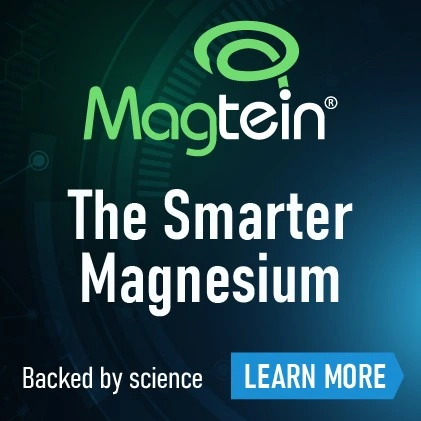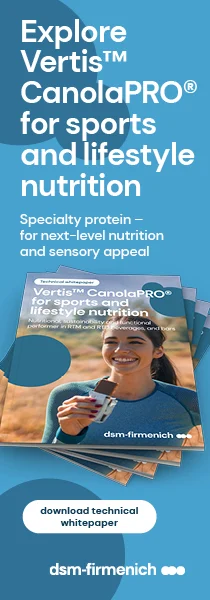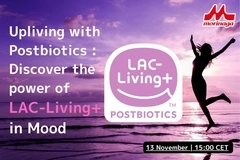Nutrients found in eggs good for the elderly
There is compelling evidence that lutein and zeaxanthin, nutrients found in green and yellow vegetables and egg yolks, may help protect against the development of age-related eye diseases such as macular degeneration and cataracts.

01/12/05 Recent studies suggest that these nutrients may play other protective roles in the body as well, according to researchers who presented at the annual scientific meeting of the Gerontological Society of America.
Lutein has become familiar to the public as an ingredient in vitamin supplements formulated for eye health. In foods it is usually found together with its cousin, zeaxanthin. Both are members of the carotenoid family, a huge rainbow of pigments from the yellow of corn to the red of tomatoes, many of which have been linked to reduced risk for chronic diseases.
While lutein and zeaxanthin can be found in many body tissues, they are most strikingly accumulated in the eye, where they are highly concentrated in the macula, a small region at the back of the retina that governs the sharpness of visual images. The concentration of these two carotenoids in the macula is 500 times higher than in any other body tissue.
Because of this natural preference by the macula for lutein and zeaxanthin, scientists began to search for evidence that they may play special roles in eye health. Elizabeth Johnson, PhD, an investigator in age-related eye diseases from the USDA Human Nutrition Research Center on Aging at Tufts University, presented a summary of this research.
"Lutein has been strongly implicated as being protective against age-related macular degeneration (AMD) and cataracts, the two leading causes of visual impairment in people over age 50," said Johnson. "Cataract extractions are the most common surgical procedure in the country, at a cost of at least $3.4 billion per year to Medicare. AMD cannot be surgically treated and is the leading cause of blindness among the elderly."
"Because there is no cure for AMD, prevention is most important," she explained. "One risk factor that people can control is increasing the amount of lutein and zeaxanthin in their diet. That means including more green and yellow vegetables, as well as egg yolks. Although the amount of lutein in egg yolks is less than is found in vegetables, it is much more available to the body, that is, more easily and efficiently absorbed."
Recently Johnson's team identified obesity as another risk factor for AMD. Since lutein and zeaxanthin are fat-soluble nutrients, it is possible that increased adipose tissue (body fat) may affect the metabolism of these nutrients. Additionally, physiological changes that occur with obesity, such as increased inflammation and an altered lipoprotein profile, may play a role in increasing risk of eye disease.
The preponderance of evidence in favor of a protective role for lutein and zeaxanthin in eye health has led to a large government-sponsored clinical trial by the National Eye Institute.
Beyond their roles in eye health, lutein and zeaxanthin may also modulate some early processes involved in the development of cardiovascular disease and cancer.
http://www.prnewswire.com/cgi-bin/stories.pl?ACCT=104&STORY=/www/story/11-30-2005/0004225225&EDATE=















